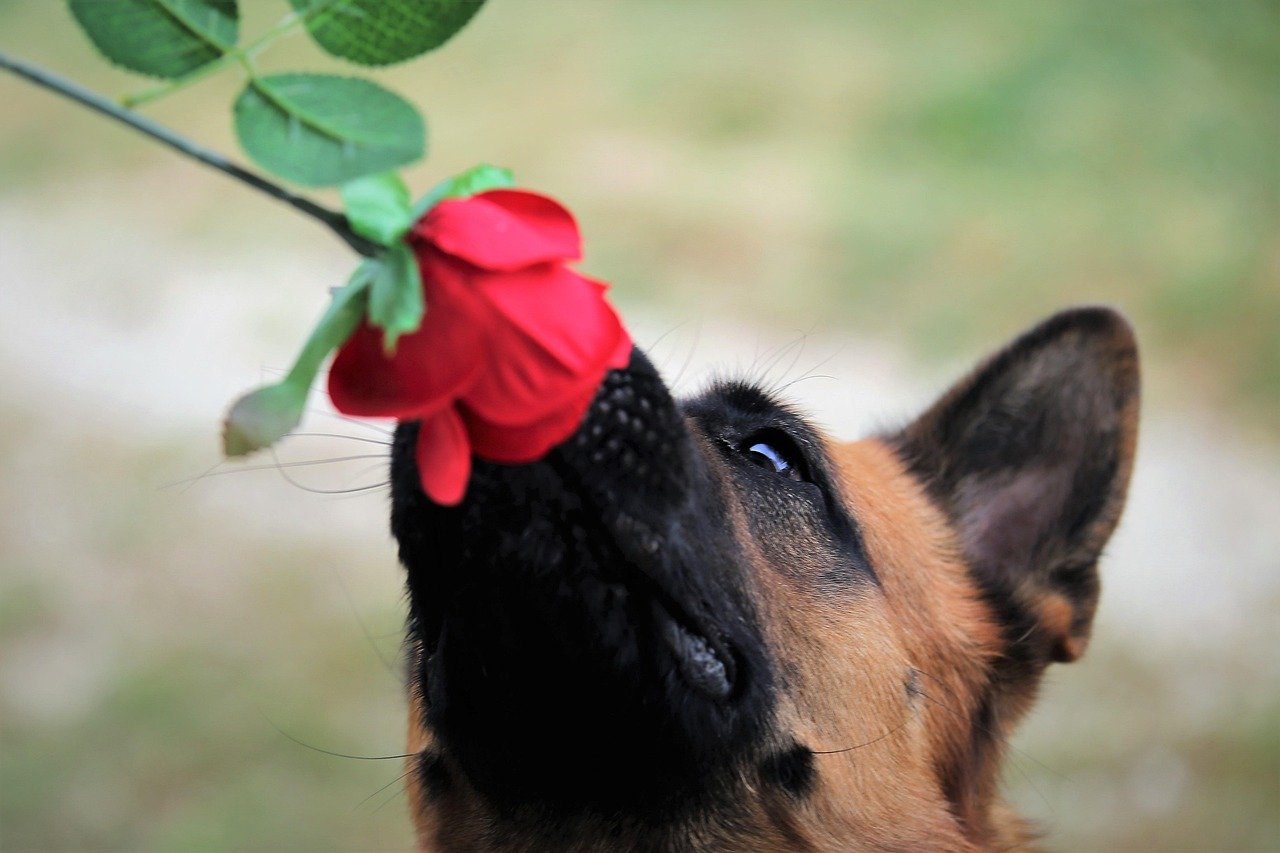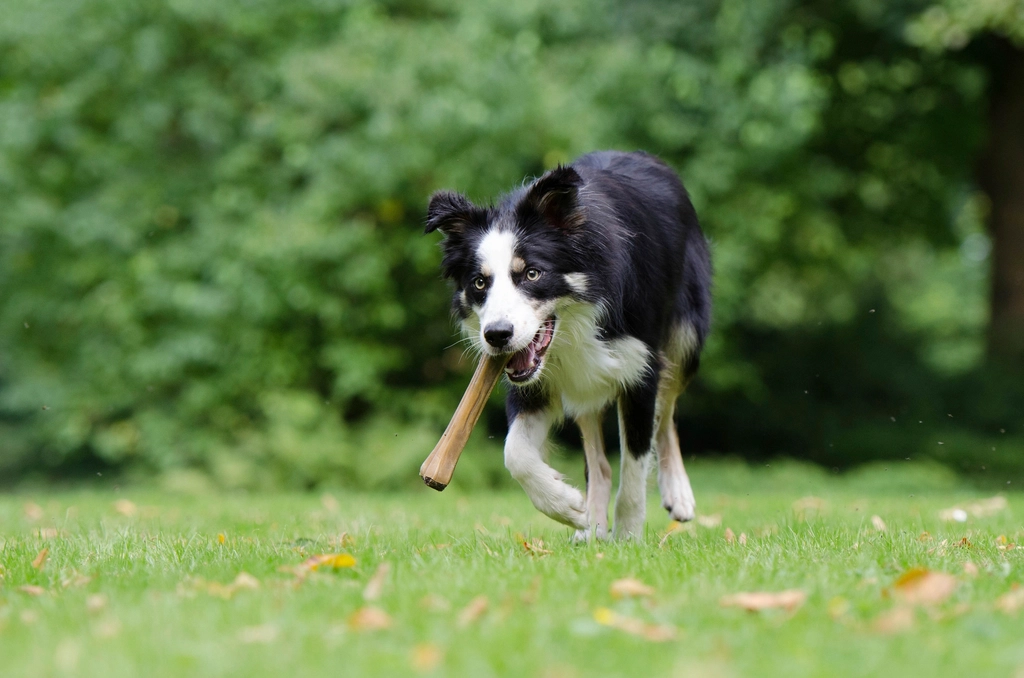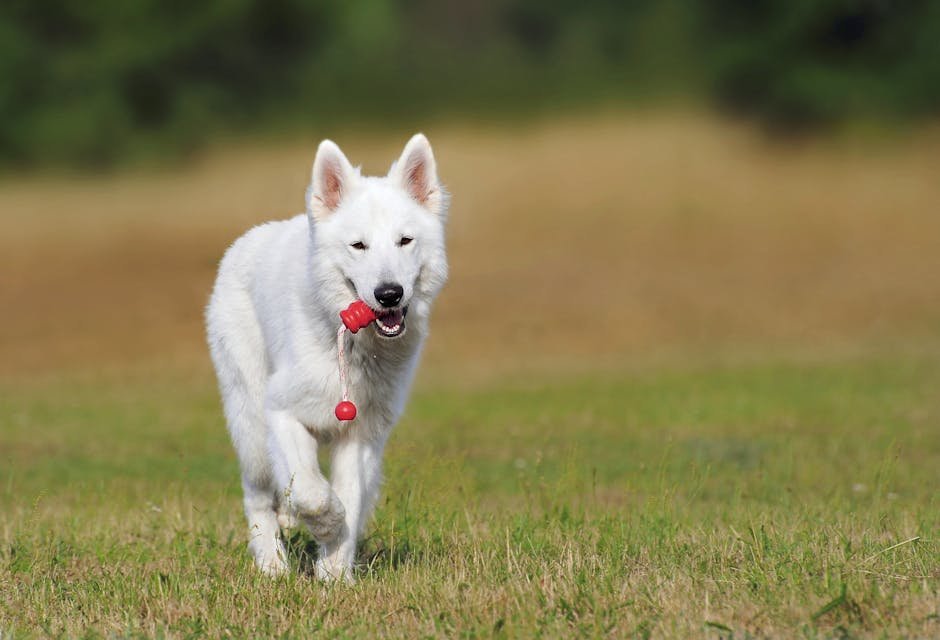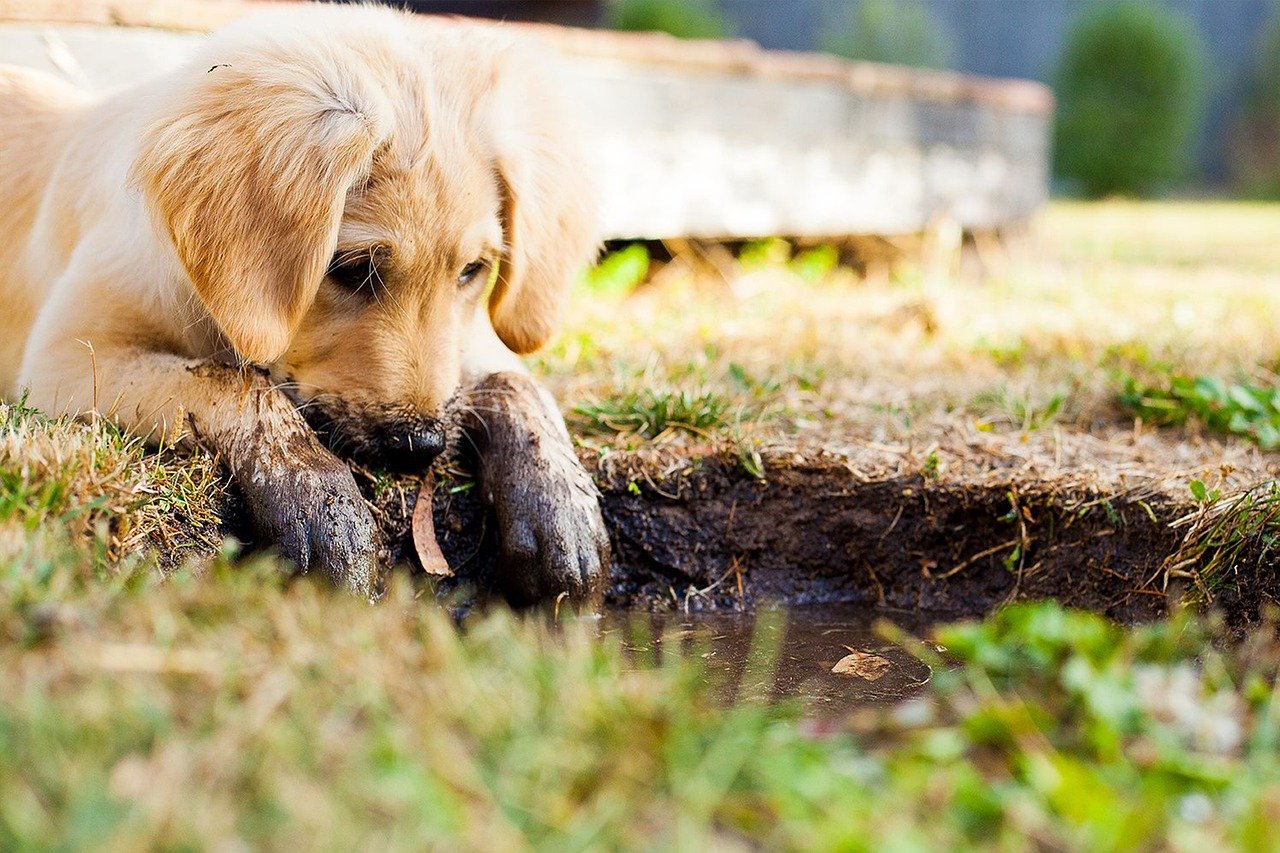Dogs are often referred to as “man’s best friend,” a title they have earned through centuries of companionship and loyalty. But beyond their affectionate nature, dogs possess an inherent curiosity that drives them to sniff, dig, and explore the world around them. This innate behavior can sometimes puzzle even the most devoted dog owners. Understanding these behaviors is key to fostering a healthy and happy relationship with your furry friend. Let’s explore what makes dogs the curious creatures they are.
The Power of the Canine Nose

Dogs experience the world in a way that’s vastly different from humans—through their noses, paws, and boundless curiosity. Whether they’re sniffing every inch of the sidewalk, digging up the backyard, or investigating every new sound and scent, their instincts drive them to explore their surroundings. But what’s behind these behaviors? Are they simply habits, or do they serve a deeper purpose?
A dog’s sense of smell is nothing short of extraordinary. While humans have around 5 million scent receptors, dogs boast up to 300 million. This means a dog’s nose is anywhere from 10,000 to 100,000 times more sensitive than ours. Imagine walking into a bakery and being able to discern each ingredient in a cake from across the room—that’s what it’s like for a dog. Their powerful noses allow them to gather vast amounts of information about their environment. Whether they’re identifying other animals, tracking down food, or even detecting changes in human emotions, a dog’s nose is their primary tool of exploration.
The Instinct to Dig
Digging is a behavior that can baffle many dog owners, especially when their pristine yard turns into a series of craters. However, this action is deeply rooted in canine instincts. In the wild, dogs dig to create shelters and to protect themselves from extreme weather. They also bury food to store it for later. In domestic settings, digging can be a sign of boredom or anxiety. Understanding this behavior can help owners provide appropriate outlets, like designated digging areas or engaging toys, to satisfy their pet’s natural instincts.
Exploration Through Play

Play is more than just fun for dogs; it’s a vital part of their exploration and learning processes. Through play, dogs explore their environment, test their limits, and learn social cues. Activities like fetch, tug-of-war, and agility courses allow dogs to engage their bodies and minds. These playful interactions help them develop coordination, strength, and social skills. Encouraging playtime not only supports physical health but also strengthens the bond between dogs and their owners.
The Role of Curiosity in Learning
Curiosity is a natural driver of learning, and dogs are no exception. From a young age, puppies explore their surroundings with a mix of curiosity and caution. This exploration is crucial for their cognitive development. By sniffing, tasting, and touching different objects, dogs gather information about their world. This curiosity continues into adulthood, helping them adapt to new environments and situations. By encouraging safe exploration, owners can stimulate their dog’s mind and enhance their overall well-being.
Social Exploration and Interaction
Dogs are inherently social creatures, and their curiosity extends to interactions with other animals and humans. Meeting new friends, whether canine or human, provides dogs with opportunities to learn and adapt. These interactions help them understand social hierarchies, body language, and communication cues. Regular socialization is essential for preventing behavioral issues and ensuring a well-adjusted pet. By introducing dogs to a variety of social experiences, owners can help them grow into confident and friendly companions.
The Connection Between Curiosity and Exercise

Physical activity is crucial for a dog’s health, and curiosity often fuels their desire to explore through exercise. Walks, hikes, or even trips to the dog park provide ample opportunities for dogs to satisfy their inquisitive nature while staying active. During these excursions, dogs encounter new scents, sounds, and sights, all of which stimulate their minds and bodies. Regular exercise not only helps maintain a healthy weight but also reduces anxiety and destructive behavior, making for a happier, more balanced pet.
Understanding the Canine Environment
The world through a dog’s eyes is vastly different from our own. Their heightened senses provide them with a unique perspective on their environment. For instance, what seems like a mundane patch of grass to us can be a treasure trove of smells for a dog. Understanding this perspective can help owners create enriching environments for their pets. Adding elements like different textures, scents, and sounds can provide mental stimulation and prevent boredom.
Managing Over-Excitement and Anxiety
While curiosity is a natural and beneficial trait, it can sometimes lead to over-excitement or anxiety in dogs. Changes in routine, new environments, or unfamiliar people can trigger these responses. Recognizing the signs of anxiety, such as excessive barking or pacing, is key to managing it effectively. Techniques like gradual exposure, positive reinforcement, and creating a safe space can help ease a dog’s anxiety. By addressing these issues, owners can ensure their dogs remain curious without becoming overwhelmed.
The Importance of Mental Stimulation

Just as physical exercise is vital for a dog’s health, so too is mental stimulation. Activities that challenge a dog’s mind, such as puzzle toys, training sessions, and scent work, can satisfy their curiosity and prevent boredom. These activities provide a mental workout that can be just as tiring as physical exercise. Incorporating mental stimulation into a dog’s routine can improve their problem-solving skills, boost their confidence, and strengthen their bond with their owner.
Conclusion: Embracing the Curious Nature of Dogs

Understanding the curious nature of dogs allows owners to better cater to their pets’ needs and enhance their quality of life. By recognizing and nurturing their natural behaviors, we can create an environment where dogs thrive. Embracing their curiosity not only enriches their lives but also strengthens the bond between humans and their canine companions. Whether they’re sniffing, digging, or exploring, dogs remind us of the joy found in discovery and the simple pleasures of life.

Andrew Alpin from India is the Brand Manager of Doggo digest. Andrew is an experienced content specialist and social media manager with a passion for writing. His forte includes health and wellness, Travel, Animals, and Nature. A nature nomad, Andrew is obsessed with mountains and loves high-altitude trekking. He has been on several Himalayan treks in India including the Everest Base Camp in Nepal.





